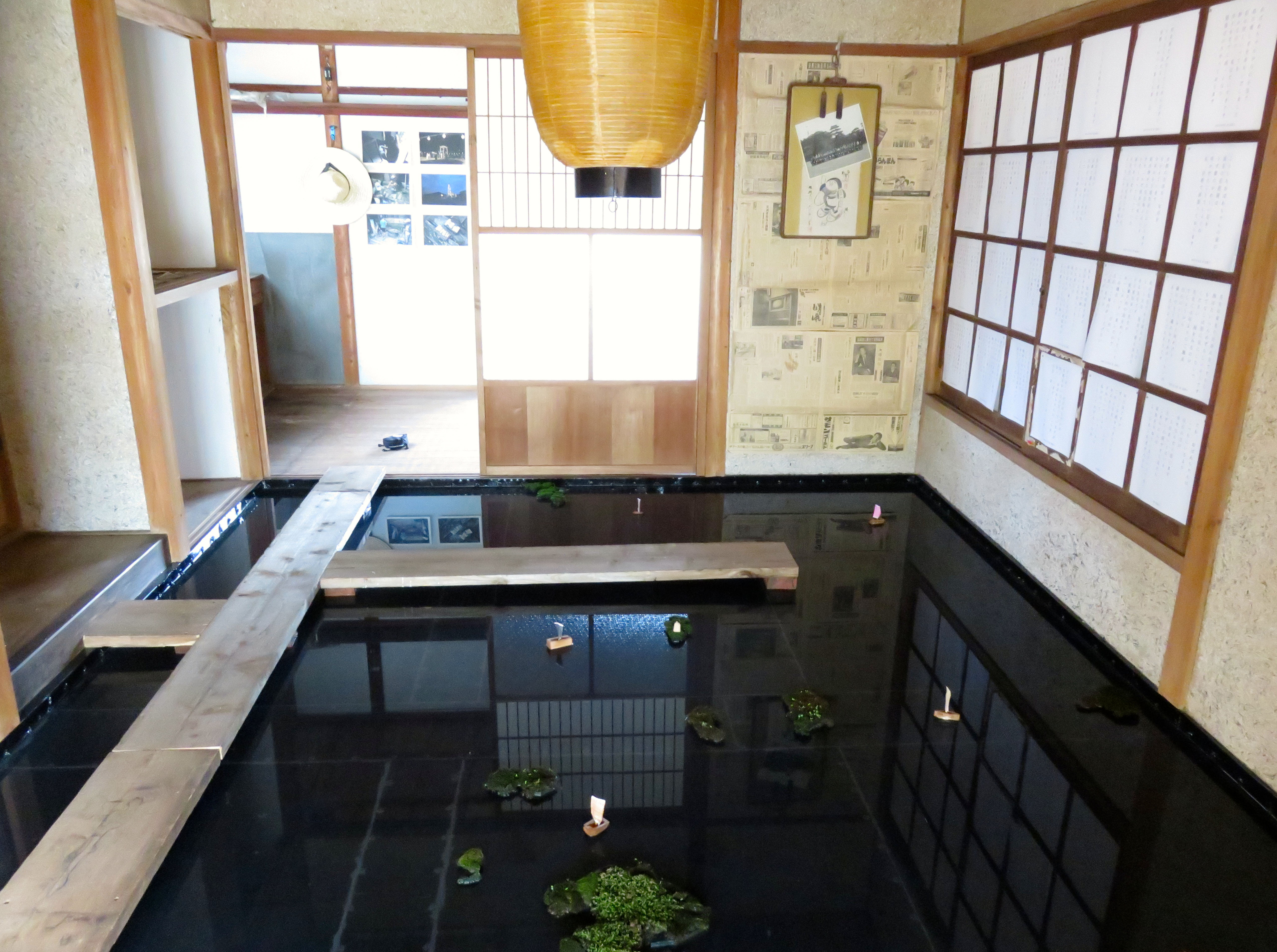Just over a year ago, I wrote about the problem of depopulation where I live on Shiraishi Island, a community of 547 people in the Seto Inland Sea. (The population was 563 at that time.) Despite various NPOs' attempts to save us, nothing has really worked.
I admit that I'm not one to favor government funding to try to turn communities around, mainly because the NPOs coming here have been unimpressive. Quite honestly, it has seemed like a huge waste of government resources. Over the years, we have been endowed with an unprofitable seaweed business, an unprofitable international villa, a semi-profitable mulberry business that no one wants to invest more time in, a weaving business that died before it ever took off, and a group that — for some reason I haven't quite figured out yet — comes out to light a few hundred candles once a year. I'm just one of the 547 people bemused by the efforts to turn our community around.
But the idea of an NPO riding on the coattails of a successful art trend in the area strikes me as having some promise. At first I was skeptical, since most NPO activities are ideas from outside that the islanders themselves are not interested in pursuing (e.g., traditional weaving). Other times, they're just not sustainable due to the lack of a workforce (seaweed and mulberries). Yet others are unprofitable because of mismanagement (the international villa). But every year, these industries are propped up by ever- dwindling government funds.



















With your current subscription plan you can comment on stories. However, before writing your first comment, please create a display name in the Profile section of your subscriber account page.